Assessment Task 1: Structured Interview, Stimulus-Response Items, Summative Assessment
Year level: age 4 level D (towards foundation level)
Learning area: English
Curriculum outcomes: Reading and viewing – phonics and word knowledge
- VCELA112: students will recognize and make sounds associated with the initial letter of words or images (“Content description VCELA112,” n.d.). The teacher says the names of objects on the images, and learners should be able to identify what picture rhymes with the word named by the teacher. This outcome is related to lower-order thinking from Bloom’s taxonomy: students will retrieve information from short- and long-term memory (“Bloom’s taxonomy of learning – Revised,” n.d.).
- VCELY139: students will listen and reply to others’ communication in various classroom situations and routines; namely, they will ask and answer questions to look for information (“Content description VCELY139,” n.d.). Learners should be able to understand the instruction for the assessment. If they do not understand some aspects of it, they may ask the teacher for clarification.
- Explore the connection between words, objects, and images in stories and informative texts – learning that words and images can be used to tell a story about an event. Students should be able to predict the end of the story – higher-order thinking in Bloom’s taxonomy (“Bloom’s taxonomy of learning – Revised,” n.d.).
Assessment instructions for the teacher
- Important notes:
The teacher has to speak slowly, loudly, and clearly in all these assessments. If students do not understand the instructions, the teacher will explain them twice with examples to make sure it is not because of the hearing problem.
If students have any health issues or emotional issues on that day, the teacher may decide to do it the next day.
Every student will have an equal opportunity (same time, same place, same materials) to demonstrate their abilities.
Part A: Lower-order thinking in Bloom’s taxonomy (cognitive domain)
The teacher will do this assessment one-on-one inside the classroom. She/he will show three different testing sheets to each student. In each testing sheet, there are four pictures. The teacher will ask whether the student understands each part of the instruction. If not, the teacher will give the student an example. If the student will still not be sure about the instruction, the teacher will give one more example to the student, but they will circle the “student has partly understood the instruction” option. Even if the student partly understands or does not understand the instruction, the teacher will ask the student to give it a try. Then, the teacher will point to the pictures and say the names of the objects on the picture. Finally, the teacher will ask the student to identify the rhyme.
Script:
- Teacher: Do you know what a rhyme is? I will point to each picture and tell you the objects on the picture and see if you can make a rhyme, okay?
- Question 1: sun, fork, bird, lamp
- Okay, which one in the picture rhymes with ‘fun’?
- Question 2: car, train, match, can
- Which one rhymes with ‘fan’?
- Question 3: plant, king, horse, ball
- Which one rhymes with ‘wing’?
- Question 4: pen, fan, bed, door
- Which one rhymes with ‘floor’?
- Question 5: tree, bear, frog, sloth
- Which one rhymes with ‘bee’?
Part B: Lower-order thinking in Bloom’s taxonomy (cognitive domain)
The teacher will ask children which word does not belong in the given group from the test paper. The teacher will pronounce the word slowly, e.g. yellow, green, blue, eat.
Part C: Higher-order thinking in Bloom’s taxonomy (cognitive domain)
This is an individual assessment. The teacher needs to print out questions 1 to 5 in color and cut them like cards. The teacher will show the student the card and ask, “What do you think will happen next?” (e.g., seeing the image of a small plant being watered, the student will say, “It will become a flower.” Similar answers, like “It will grow to be a flower,” “The plant will grow bigger,” are acceptable.
Assessment instruction for students
- When: 18th June 2020
- Where: inside the classroom
- Length: 15 minutes
- Materials: a table, chairs for the teacher and students, marking rubrics, testing sheets, a camera for recording students’ performance for the second marking
Test Paper
Part A (for students)
Total marks = 5, 1 mark for each correct answer. The student needs to listen to the teacher and say which picture rhymes with the word she/he says.
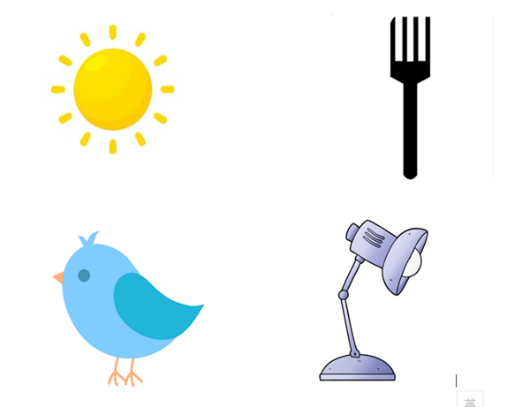
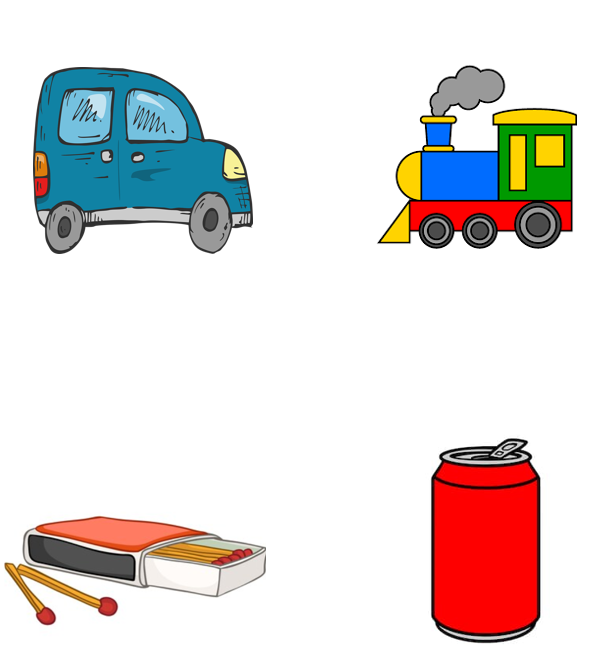
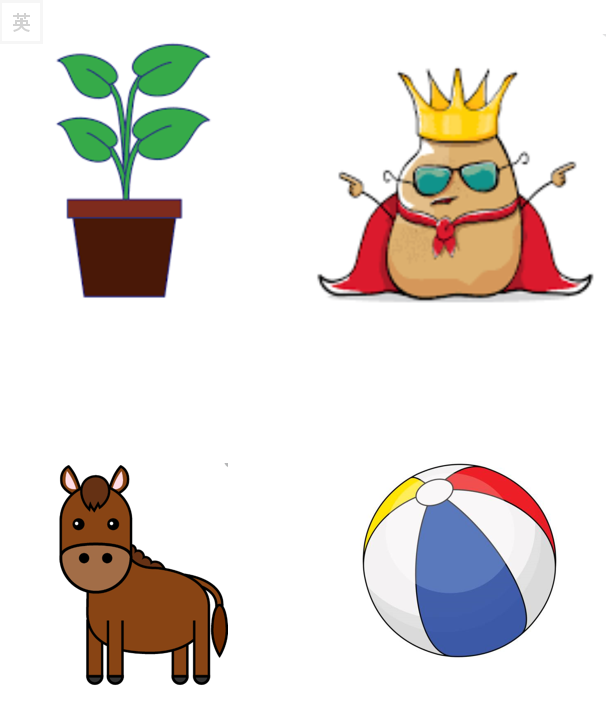
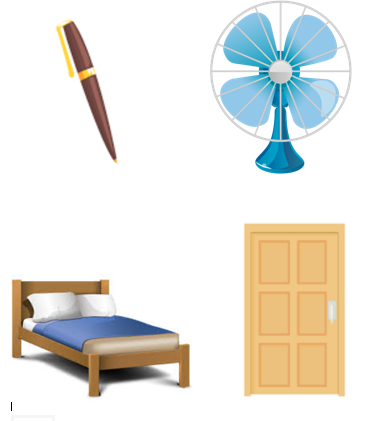

Part B: Short-answer questions
(since preschool children cannot read yet, this test paper is for the teacher to read it out loud to students)
Total marks = 5, 1 mark for each correct answer. Students need to identify which word does not belong to the group
Question: Which word does not belong to this group?
- yellow, green, blue, eat
- soft, black, sticky, rough
- newspaper, magazine, book, ruler
- clips, chocolate, biscuit, milk
- dog, cat, happy, chicken
Part C: predict the story
Total marks = 5, 1 mark for each correct answer. The student needs to predict what will happen next.


It will grow to be a flower / It will become a flower/ The plant will grow bigger/It will get bigger/ It will grow fruit.

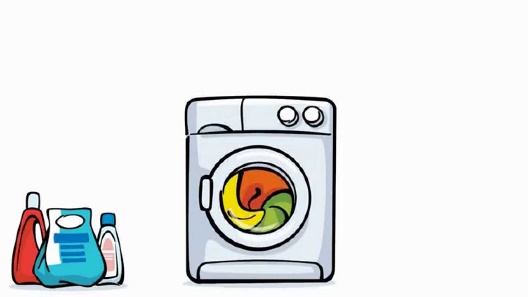
Go to do laundry/ Put clothes into the washing machine.


He will fall on the floor.


He will go to sleep.
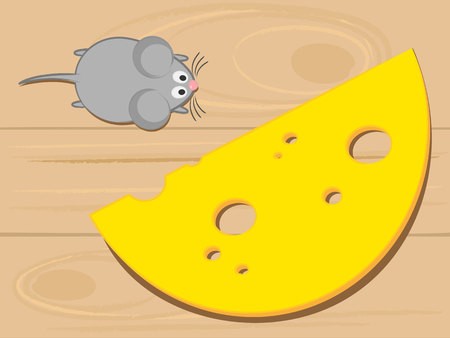

The mouse will eat cheese.
Marking Rubrics
Total Result: /17
Justification for Assessment 1
Validity
Summative assessment is typically used in early years students to identify learners’ weaknesses that should be overcome during the next stage of development and teaching (Harlen & James, 1997). During the term, several storybooks have been read to children, so it is time to test their literacy skills. Structured interviews are also typical of the early years since they enable the teacher to find out the strong and weak points in children’s achievements. Stimulus-response items are suitable for the given age group since they promote giving answers to questions about a specific stimulus.
Reliability
The selected assessment methods are reliable since they offer a complete picture of the child’s understanding. The reliability of a text is justified by its applicability in different conditions. The selected options provide accurate information about learners’ achievement (Brady & Kennedy, 2012). Stimulus-response learning utilizes various stimuli to receive the desired response (Peters & Higbea, 2014). The reliability of the assessment offered was increased by a distinct marking allocation for each question (Brookhart, 2013).
Fairness
The assessment is fair since the teacher speaks clearly and slowly, making it possible for each student to understand the instructions. According to Bloom’s taxonomy of learning, cognitive skills should be assessed based on children’s factual and conceptual knowledge (Krathwohl et al., 2001). The taxonomy is a useful codification tool enabling the teacher to find out about children’s skills (Wong et al., 2015). Fairness is also ensured in the aspect of considering children’s well-being on the day of the assessment. Furthermore, all responses are recorded so that other evaluators can check the teacher’s fairness.
Assessment Task 2: Constructed-Response Items, Diagnostic Assessment
- Year level: age 4 level D (towards foundation level)
- Learning area: Music
- Curriculum outcomes:
- VCAMUE013: exploring and expressing ideas – the students will imitate sounds, rhythms, and pitch patterns using body percussion, instruments, voice, and movement (“Content description VCAMUE013,” n.d.). Students will copy rhythms and basic music patterns and adapt to changes in tempo and rhythm in music. Students will also imitate pitch and rhythm patterns (echo clapping and calling) to develop aural recognition skills. Students should be able to use their hands to repeat a simple rhythm played by the teacher either in a fast or slow beat. Students should be able to do call and response singing – the song “12345 once I caught a fish alive” (Dave and Ava – Nursery rhymes and baby songs, 2015).
- VCAMUP015: performing a piece of music students have learned before or performing a piece of music to express an idea (“Content description VCAMUP015,” n.d.). Students will improvise with voices and patterns of body movement. Students should be able to listen to music played by the teacher and improvise their own songs and body movements.
Assessment instructions for the teacher
- Part A: echo clapping – lower-order thinking in Bloom’s taxonomy (psychomotor domain)
- Part B: compose a short music piece – lower-order thinking in Bloom’s taxonomy (psychomotor domain). Teachers have to be familiar with the song called “12345 once I caught a fish alive” (Dave and Ava – Nursery rhymes and baby songs, 2015). If there are 10 students in the class, the teacher will divide them into groups by two and name them ‘group A, B, C, D, E.’ The teacher will play the song from YouTube once by using an iPad, but the video will not be shown to them. The task requires children to use their ears to listen to rhythm and pitch. And then the teacher will sing one phrase (e.g. 12345 once I caught a fish alive), and group A children will sing what the teacher has sung. (e.g. 12345 once I caught a fish alive). Then, the teacher will sing the second phrase (e.g. 678910 then I let it go again), and group B will repeat what the teacher has sung (e.g. 678910 then I let it go again). The same task will be repeated with groups C, D, and E. During this assessment, the teacher will record everything on a camera to be able to assess each child in a group later.
- Part C: children compose their own music (higher-order thinking in Bloom’s taxonomy (psychomotor domain). (For the teacher who has a musical background) The teacher will use any instrument that they have confidence with and play the instrument with C chord, D chord, B chord, C chord with 4/4 quadruple time, one bar 4 crochet with same C chord, then next bar D chord plays four crochet, then B chord plays four crochet, C chord plays four crochet. The teacher has to play at least 12 bars to let the children get the rhythm and give them time to improvise their own music by using voice and body movement (Judd, 2013).
(For the teacher who does not have a musical background) The teacher can just use a drum to play the beat and let children improvise their own music and body movements.
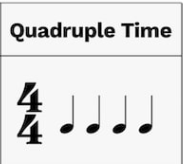
Assessment instructions for students
For parts A, B, C students have to listen carefully and follow the instructions given by the teacher
- When: 19th June 2020
- Where: inside the classroom
- Length: 20 minutes for each part
- Materials: a table, chairs for the teacher and students, and iPad, speaker, marking rubrics, testing sheets, a camera for recording students’ performance for the second marking, music instruments for Part C (a drum for the teacher who is not an expert in musical instruments, a piano, a guitar, a xylophone)
Part A – test paper (for the teacher only)
Total marks = 5, 1 mark for clapping each correct answer. The teacher will clap with hands and say, Ta, Ti at the same time. Students have to repeat what the teacher has clapped.
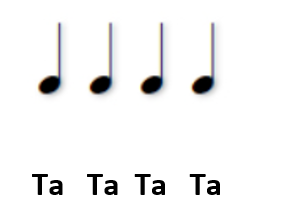
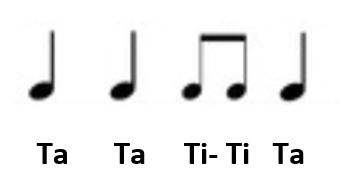
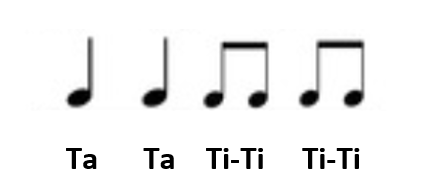


Marking Rubrics
Total Result: /15
Justification for Assessment 2
Validity
Constructed-response items allow gathering valid information on student achievement that can be used to make decisions based on the obtained scores (Rodriguez, 2003). In the given learning area, constructed response takes the form of a performance. The choice is suitable for the evaluation of music skills since multiple-choice questions would not reflect students’ knowledge in this case. Students can create something rather than choose an answer from several options. The diagnostic assessment helps to identify students’ problems at the initial stage of learning so that they could be managed at the next lessons.
Reliability
The reliability of a constructed-response assessment is lower than that of selected-response items. Commonly, results are considered reliable if they are the same irrespective of the time of administration (Brady & Kennedy, 2012). Another problem is that students may not have a lack of knowledge but have a lack of skills in the given area. However, in the case of music performance, a multiple-choice question quiz would not be sufficient to evaluate students’ knowledge appropriately.
Fairness
Assessing creative tasks may put fairness under threat since the quality of performance will differ between students (Lam, 1995). However, in the suggested assessment, all measures have been taken to eliminate subjectivity and gain fairness. A detailed marking rubric will not allow under- or overestimating students’ results. Furthermore, the assessment’s fairness will be manifested by creating equal opportunities for each student. Everyone will have the same task, and everyone’s response will be recorded for further thorough analysis. Most of all, fairness will be gained through creating equal opportunities for each child (Brady & Kennedy, 2012). Thus, the teacher should focus on children’s knowledge and abilities rather than their talent, for some of them may lack it but still be diligent students.
References
Bloom’s taxonomy of learning – Revised. (n.d.).
Brady, L., & Kennedy, K. (2012). Assessment and reporting: Celebrating student achievement (4th ed.). Pearson Australia.
Brookhart, S. M. (2013). How to create and use rubrics for formative assessment and grading. ASCD.
Content description VCAMUE013. (n.d.).
Content description VCAMUP015. (n.d.).
Content description VCELA112. (n.d.).
Content description VCELY139. (n.d.).
Dave and Ava – Nursery rhymes and baby songs. (2015). 12345 once I caught a fish alive | Nursery rhymes and baby songs from Dave and Ava [Video]. YouTube.
Harlen, W., & James, M. (1997). Assessment and learning: Differences and relationships between formative and summative assessment. Assessment in Education: Principles, Policy & Practice, 4(3), 365-379.
Judd, R. (2013). Music therapist shows how musical improvisation benefits children with special needs [Video]. YouTube.
Krathwohl, D. R., Anderson, L. W., & Bloom, B. S. (2001). The taxonomy table. In L. W. Anderson, D. R. Krathwohl, P. W. Airasian, K. A. Cruikshank, R. E. Mayer, P. R. Pintrich, J. Raths, & M. C. Wittrock (Eds.), A taxonomy for learning, teaching, and assessing: A revision of Bloom’s taxonomy of educational objectives (pp. 27-37). Longman.
Lam, T. C. M. (1995). Fairness in performance assessment.
Peters, R. A., & Higbea, R. J. (2014). Measuring student preferences for stimulus-response (rote) learning.Journal of Education and Learning, 3(2), 92-107.
Rodriguez, M. C. (2003). Construct equivalence of multiple-choice and constructed-response items: A random-effects synthesis of correlations.Journal of Educational Measurement, 40(2), 163-184.
Wong, S., Harrison, L., Press, F., Sumsion, J., Gibson, M., & Woods, A. (2015). The construction of a taxonomy of early childhood educators’ work.Australasian Journal of Early Childhood, 40(3), 79-88.